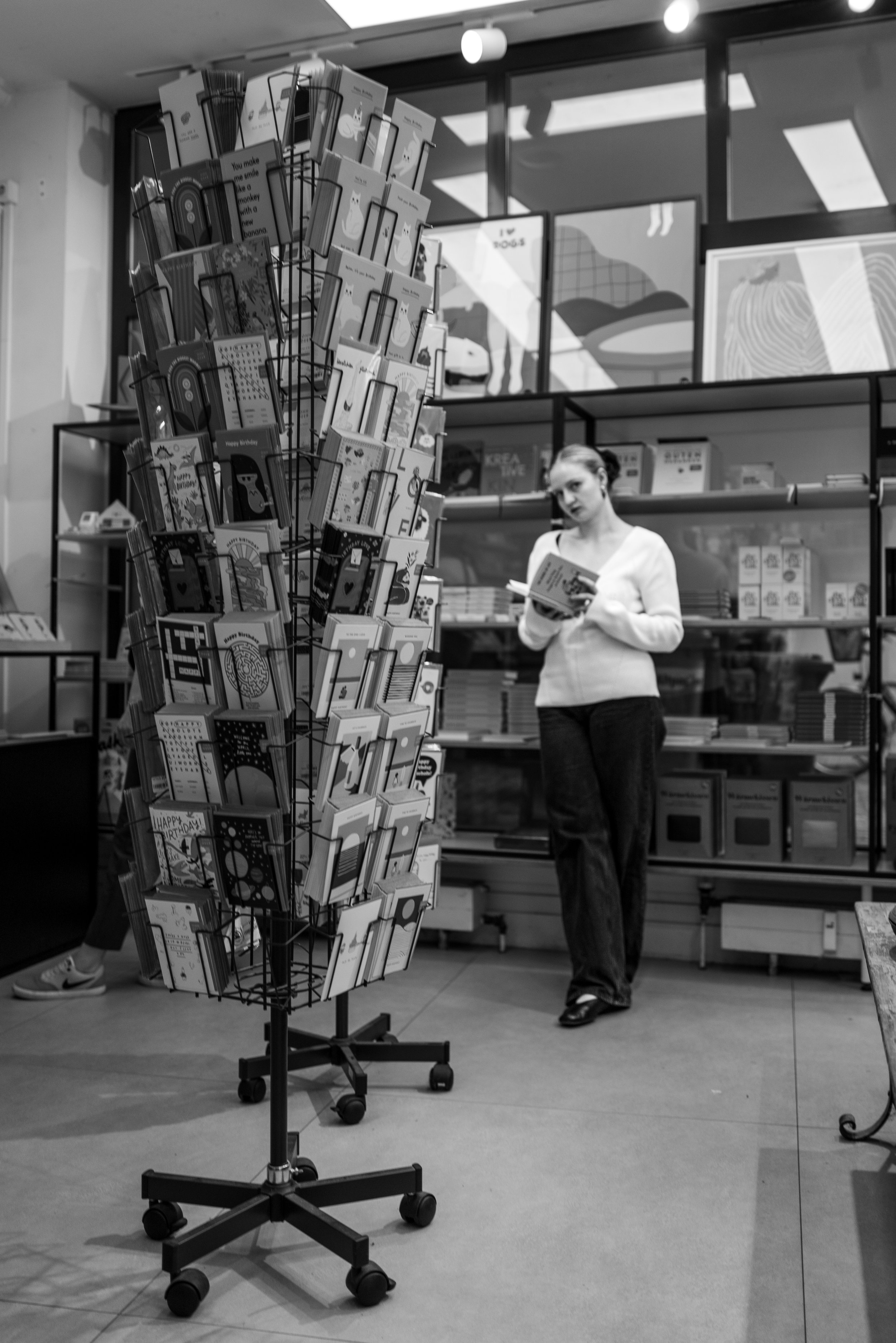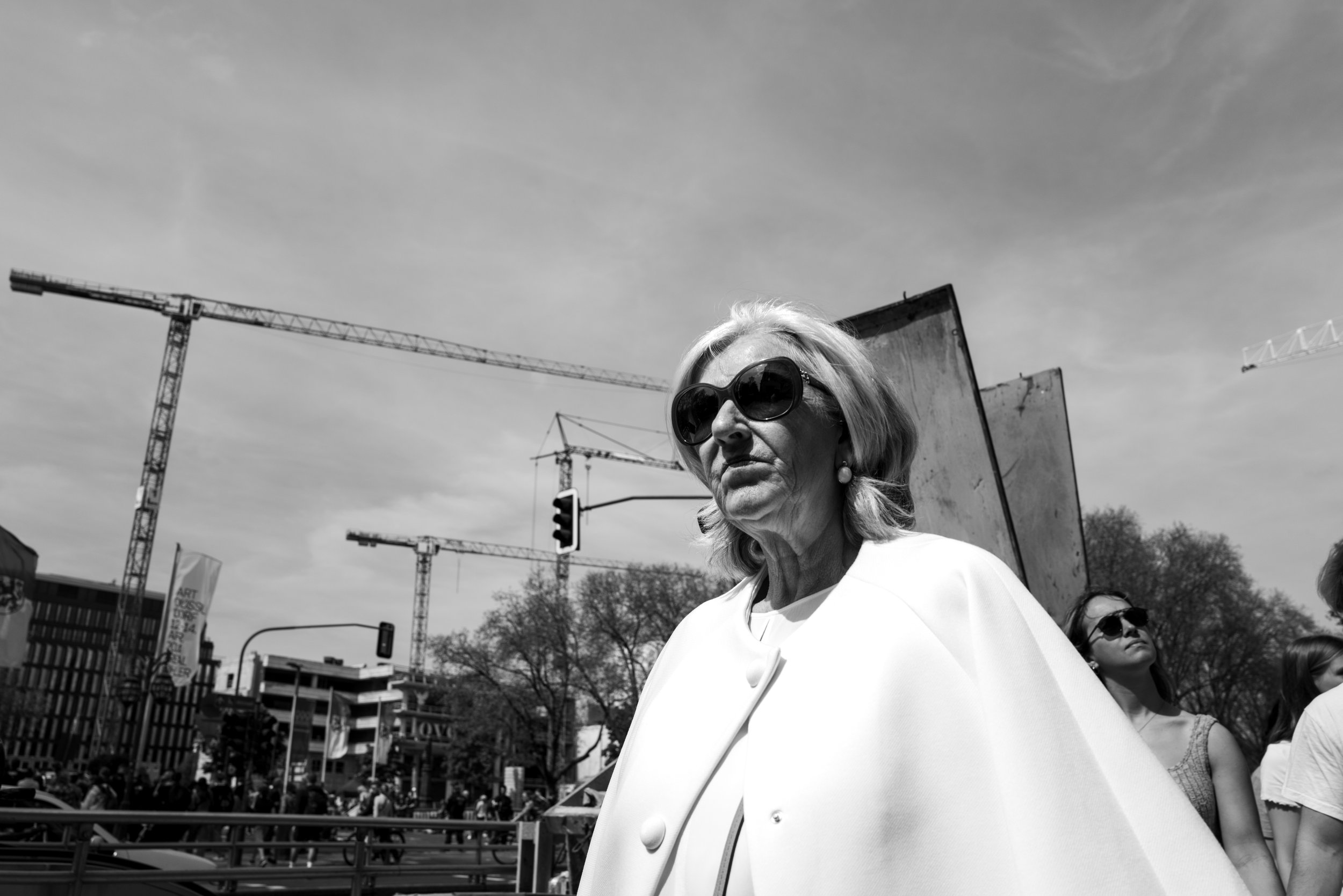Leica Q2 : Photographic Symphony Reviewed
Introduction to Leica Q2
Leica Camera AG is a German company renowned for its superior lenses and cameras. It has maintained a prestigious reputation in the photography world for a long time. The Leica Q2, an upgrade to the successful Leica Q, offers a compelling mix of intuitive design, powerful full-frame sensor performance, and a quick prime lens. All these features are housed in a robust and elegant body.




Design and Build Quality
The Leica Q2 showcases a refined design ethos that is characteristic of Leica: simplicity and functional elegance. The camera body, made from magnesium alloy, features a diamond-patterned leatherette that ensures a secure grip. It is slightly heavier than most compact cameras, giving it a solid and durable feel. Everything from the battery door to shutter dial and buttons are metal. It screams quality! The design is largely unchanged from its predecessor, as it favors a minimalist approach with an emphasis on manual controls (Why change when it’s perfect?)


Water and Dust Resistant
One of most notable feature of Q2 is its resistance to dust and spray water, making it a versatile companion in varying weather conditions. This makes it the best everyday carry and travel camera. None of the M cameras are weather sealed for reference.


Badass Sensor
At the heart of the Q2 lies a remarkable 47.3 MP full-frame CMOS sensor, which offers significant improvements over the 24 MP of the original Q model. This sensor works in tandem with the Maestro II image processor to deliver high-resolution images.



A 26 mm Lens
The fixed Leica Summilux 28 f/1.7 ASPH., 11 elements in 9 groups, 3 aspherical element lens is a perfect match for the high-resolution sensor, providing exceptional sharpness and micro contrast with the ability to create beautiful bokeh thanks to its wide aperture. Some say that it is wider than 28mm and I do agree. Compared to the Ricoh GRIII, this definitely is wider. More like a 26mm. The first thing I did is to put a Leica UV filter over the lens.



Digital frame selector (digital zoom)
Press the tiny button just below the shutter speed dial to magically switch between 28 mm, 35 mm, 50 mm, 75 mm. If you choose JPEG + DNG, the JPEG will be cropped into the focal length that you chose and the DNG remembers the cropped frame when you export to Lightroom.


Image Stabilization
The lens also features an optical image stabilization system for photos and videos, which helps to reduce camera shake and is particularly useful in low-light conditions.


Dynamic Range
14 aperture stops at ISO 100. You would be surprised how much you can recover from the shadows. Can’t tell the same about highlights.
Aperture range
f1.7 to f16 in 1⁄3 EV increments. The aperture stops are clicky and has a good resistance in each stops. It does not have a hard stop at full appertures. Meaning, all the turns from f1.7 to f16 feels the same.


ISO range
Automatic, ISO 50, ISO 100, ISO 200, ISO 400, ISO 800, ISO 1600, ISO 3200, ISO 6400, ISO 12500, ISO 25000, ISO 50000. I keep it in auto ISO 12500. For black and white, I push it even further. Grains are beautiful in black and white.
JPEG settings
Standard, Vivid, Natural, Monochrome, Monochrome High Contrast, all with additional settings for contrast, saturation, and sharpness in 5 steps. I leave it as Monochrome High Contrast and shoot DNG. Use this to get BW view in viewfinder and the display.
Battery
The Leica Q2 comes with a 1860 mah battery which delivers somewhere between 350-500 shots (depending on how you shoot). With the release of Leica Q3, you have a new battery with 2200 mah, which is backward compatible and gives you extra juice to squeeze out of. I bought a second battery from the Q3 and can’t be any happier. One battery for an entire day of shooting (for the way I shoot)
Bluetooth
Almost any modern camera comes equipped with WLAN feature to transfer image wirelessly. The Leica app on the iPhone works seemlessly in transferring images. Very practical if you are travelling and don’t want to take your MacBook with you. Another way to transfer image is to connect the SD card reader to your iPhone with a SD to lightning port adapter.
File Size
The DNG files produced by the Q2 are massive. Be ready to buy a couple of expensive big capacity SD cards. One DNG file is between 85 - 92 MB. JPEG images are between 15 - 23 MB.
Autofocus
Leica Q2 uses Contrast-based autofocus system. You get all fancy and shiny Single zone (225 fields), multi-field, face recognition, subject tracking. With the latest firmware update 5.0, you get face and eye detection. The face detection is always spot on, if you know how to use it. Always half press and then full press to give the camera time to think. This is not Ricoh GRIII with a snap focus, so…


Manual Focus
Manual focus is a breeze to use on the Q2. It actually has a real manual focus, which you can do with a beautifully ergonomic focus tab (unlike other camera manufacturer’s fake manual focus). Considering that it has a wide angle, zone focussing is much easier compared to a 35mm or 50mm M lenses. I usually zone focus between f8 - f16 on bright sunny days (no shit).
Macro Up It’s Sleeve
Turn the macro dial to the dot and it magically moves the lens farther from the sensor. You can see a new set of distance dial for appear for macro. It’s truly beautiful. If you want to make macro pictures or not, it’s there. Note: In macro, the largest aperture the camera chooses is f2.8.
Shutter Speeds
60 s to 1⁄2000 sec with mechanical leaf Shutter. 1 sec to 1⁄40000 s with electronic shutter in 1⁄3 increments. Flash synchronisation up to 1⁄500 sec, Linear flashes with all shutter speeds less than 1⁄ 500 sec is possible. Note: The shutter dial does not have a half stop like M cameras. It jumps from a full stop on the dial. To fine-tune, you can use the dial to go 1/3 increments.
Ergonomics
The camera feels great in hand. Some put on a thumb grip on it to have additional grip. I find thumb grip poking out while carrying across the shoulders so I avoid it on all my cameras. It’s comfortable to hold it hand and carry on the shoulders through the entire day. Just alternate it, you will be fine.
Shooting From Hip
The wide “26mm” makes it unbelievably easy to shoot from the hip and have high hit rates.


Here are my settings
Shutter speed: A (I change to 1/500 or 1/250 or lower, if I want to force it at this speed for low light or while being stationary)
ISO: Auto ISO (Max ISO: 12500 / Min. Shutter Speed: 1/500)
Aperture: A (If I’m Auto Focussing) / f8 - f16 (If I’m Zone Focussing)
The “Almost” Perfect Camera
From the cameras you own, it will come to a point where you think, hmmm.. I wish my camera did this or did that. It was the case for me with all my cameras so far. Q2 is the almost perfect camera that I have shot so far. Why almost? I owned the Leica Q2 Monochrom (dreadfully regret selling it now!). The ISO performance in that camera is just out of the world. If the Q2 had the ISO performance of Q2 Monochrom, it will be close to perfection. Another area where there could be improvements is in the face/eye detection area. It’s good but not great.


Price
3700€ - 4500€ used from Leica Store (based on the condition). I recommend getting it from Leica store, as they give 2 years warranty on the camera. They were sold for 5700€ new.


Conclusion
The Leica Q2 is undeniably the one of the best compact cameras in the world. This makes it a perfect everyday carry and great travel companion. So sell your arm and your leg and get yourself a Leica Q2.



























